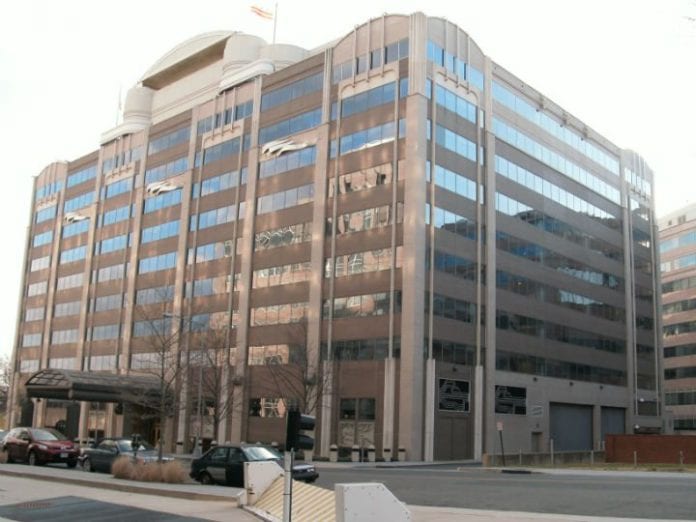Commission looks to tap 3.7 GHz to 4.2 GHz for 5G services
Early commercial 5G services in the U.S. will provide enhanced broadband services by using high frequency millimeter wave spectrum. But, to truly realize the full promise of mobile 5G, millimeter wave will need to be augmented by low- and mid-band spectrum to provide both capacity and coverage.
An eye on facilitating continued 5G commercialization, the U.S. Federal Communications Commission on July 12 made the first move in what could ultimately result in making available 500 megahertz of mid-band spectrum. During its August meeting, the FCC approved what’s called a notice of proposed rulemaking that could open up spectrum between 3.7 GHz and 4.2 GHz for commercial services.
The first step is, according to the FCC, working with fixed satellite service operators using the spectrum “to certify the accuracy of existing registration and license information and will collect additional information from space station licensees on their operations in the band to assist the commission and commenters in developing a clearer understanding of how the band is currently being used.”
Meredith Atwell Baker, president and CEO of the industry trade association CTIA, said in a statement, “Other countries are moving quickly to bring mid-band spectrum to market, so today’s action is a positive step toward increasing America’s competitiveness in the global race to 5G. We look forward to Commission action in this proceeding and on common sense changes to the 3.5 GHz band which can unlock new investment, jobs, and innovation in the United States.”
The 3.5 GHz band Citizens Broadband Radio Service (CBRS) is subject of a separate FCC process meant to make the frequencies available on a three-tiered licensure system with the sharing managed by a spectrum access system (SAS) like that developed by Federated Wireless.
Back to the July 12 vote, which passed unanimously, Commissioner Jessica Rosenworcel said in a statement that the U.S. is behind in making mid-band spectrum available. “That’s the not-so-good news. Because the price we pay when we cede leadership is a loss in early scale and voice in standards development and device specifications that can yield innovation and jobs we want to see here, on our shores.”
Rosenworcel pointed to recent mid-band auctions in South Korea and the United Kingdom, and noted that Spain and Italy are working toward mid-band auctions. “Now the good news,” she said. “With today’s rulemaking and order we are doing something about it. We explore a variety of mechanisms for clearing the 3.7-4.2 GHz band for 5G use. And if we make headway here, we can start to reclaim lost leadership in spectrum that is critical for success in 5G networks.”
Also on the spectrum front, the FCC is planning two separate auctions of millimeter wave spectrum, one in November and one in the second-half of 2019. FCC Chairman Ajit Pai said a goal of the FCC’s Aug. 2 meeting is to finalize rules for an auction of 28 GHz and 24 GHz airwaves that’s set to begin on Nov. 14.
Pai said he’s proposing during the August meeting 100 megahertz license blocks for the 37 GHz, 39 GHz and 47 GHz bands “so they can more easily be auctioned together. These are important steps that will help solidify U.S. leadership in 5G.”

